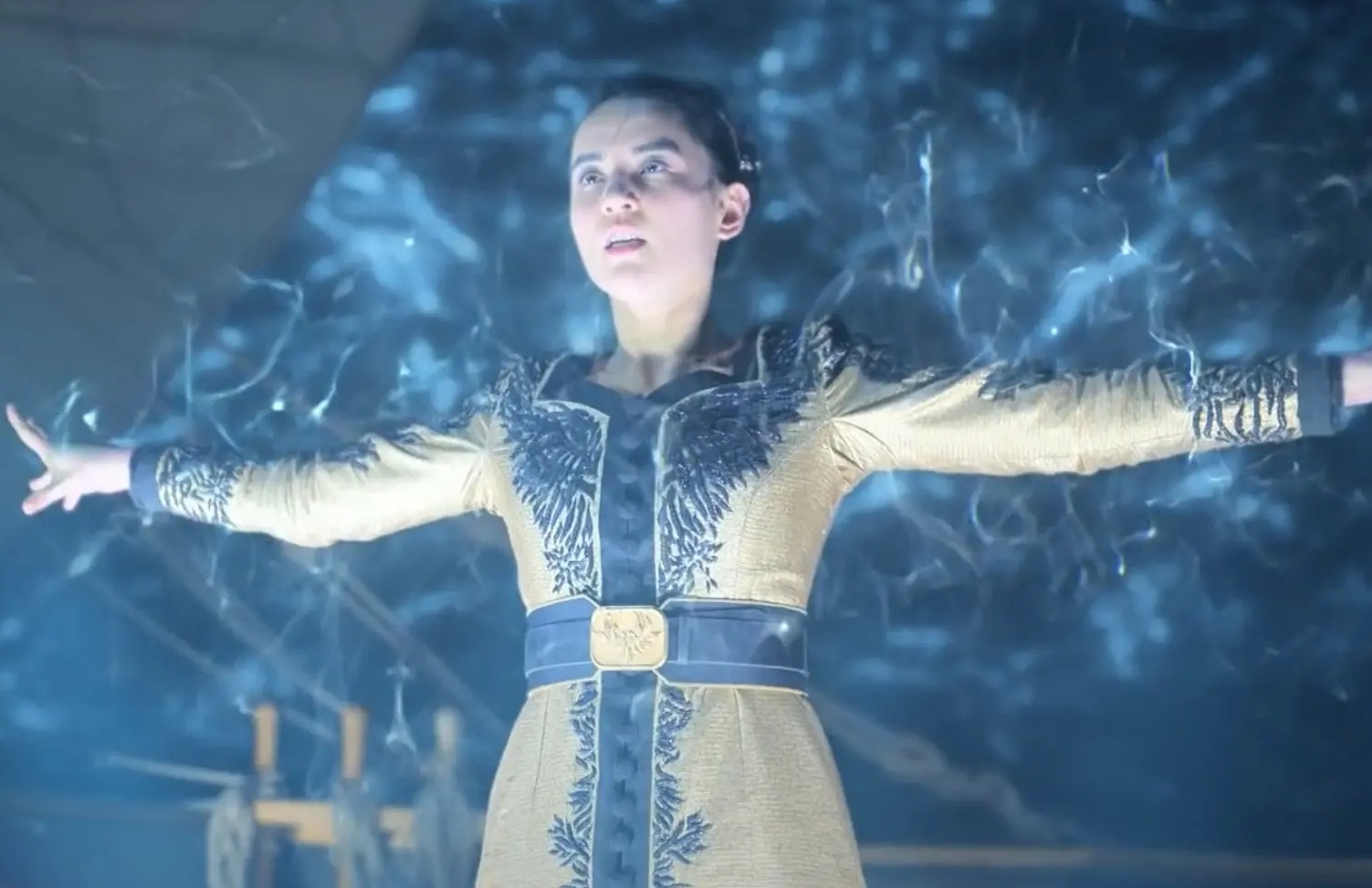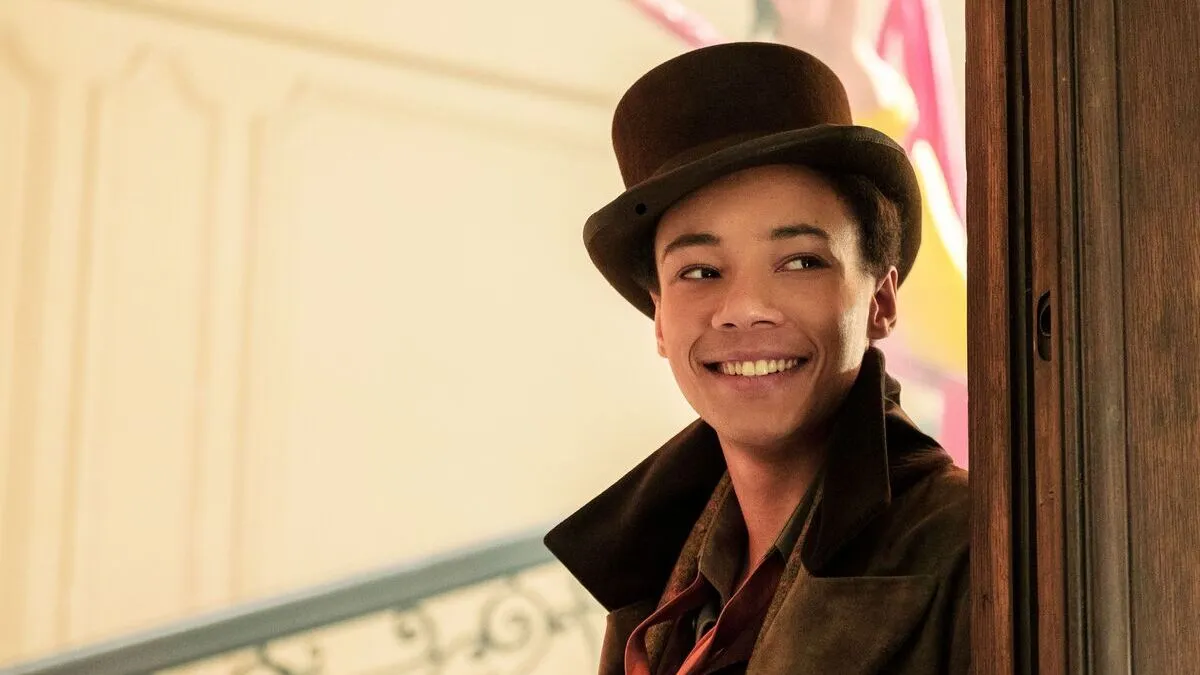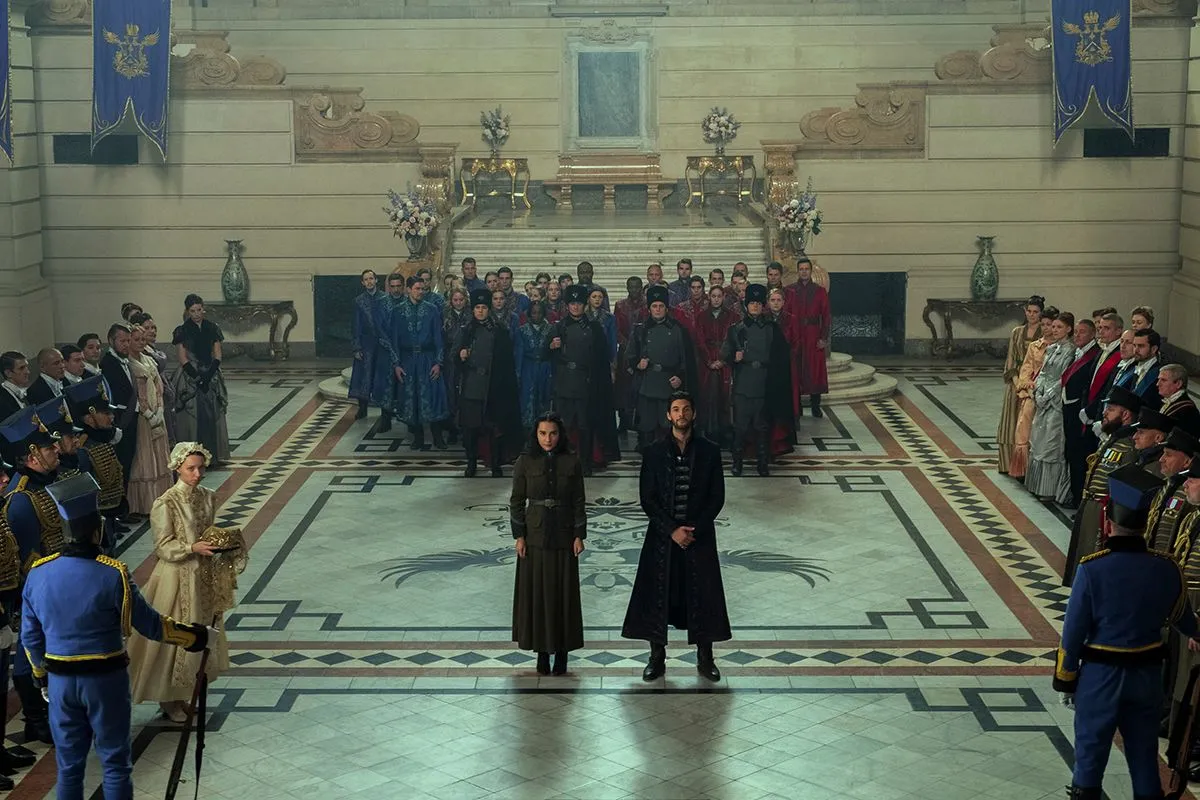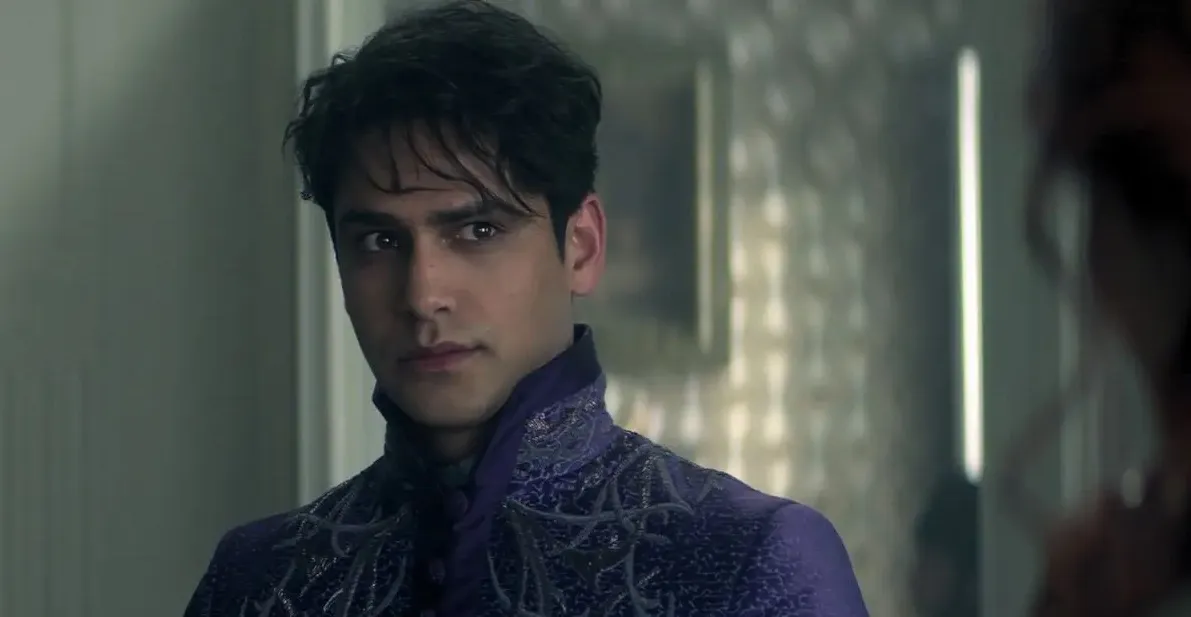A Complete Guide to the Grisha and Their Powers in ‘Shadow and Bone’

Shadow and Bone is finally back with its second season on Netflix, and while the plot of the show just barely resembles that of the book series it’s based on, I’m here and ready to admit in my annoying book-reader voice that I’m more than willing to look past it—I just love this world and these characters so much that seeing them come alive on screen is enough.
This article contains spoilers for Shadow and Bone up to the first episodes of season 2, and minor spoilers for the book series up to the end of Rule of Wolves. You’ve been warned.
Things started off with a bang immediately in the first episode of season 2. Among the several twists and revelations, there was one that book readers had obviously already seen coming, but that had been only hinted at during the first season—Jesper Fahey, played by Kit Young, beloved gunslinger and holder of the title of Most Charming Guy In Ketterdam™, is actually Grisha.

The Grisha have always been one of the major elements of Leigh Bardugo’s worldbuilding—I mean, the series is called the Grishaverse—and some of the most fascinating magic users ever put to paper, at least in my opinion. They have played a significant role in season 1 and they’re going to keep on doing the same in season 2, so there’s no better moment to quickly recap what their powers are, exactly.
Who are the Grisha?
The Grisha is the name Ravka gives to its magic users, who are, however, found all across the world that Leigh Bardugo created. Each country has a different way of defining them and treating them—let’s just say you don’t want to be born a Grisha in Fjerda, while your best chance would be being born one in Novyi Zem. But since we first meet them through Alina’s eyes, the Ravkan definition is what sticks with us the most.
In Ravka, Grisha are usually discovered as children and brought to the capital, Os Alta, where they are trained in the Little Palace to become masters of the Small Science—i.e., making magic, and do I wish I had time to delve into Grisha theory, but this really isn’t the article for it— and soldiers of the country’s Second Army, which works alongside the First Army made up of “regular” humans. Ravkan Grisha are easily recognizable by their uniform, called a kefta, a long coat with different colors and embroideries that represent their various orders.

The distinctions between Grisha orders are particularly rigid at the beginning of the story, so much so that it’s clear to the reader and viewer that some Grisha are considered more useful or more important than others. These ideas are gradually dropped as the story moves on, and especially once we pick up the King of Scars duology.
The Materialki
The first Grisha category is that of the Materialki, dubbed “the Order of the Fabrikators.” It includes two kinds of Grisha: Durasts and Alkemi. Alkemi—like Vladim, whom we saw in the second episode of season 2—have power over chemicals and liquids, and they usually specialize in creating explosive concoctions, poisons, and remedies.
Durasts, on the other hand, can manipulate anything solid down to its very molecules. They can change the shape and texture of anything made of glass, steel, metal, and the like, but also take pigment out of something, move objects without touching them, and, of course, fashion the spoils of killed animals into the amplifiers that some Grisha wear to harness more power. Jesper is a Durast, as is another particularly beloved character, David Kostyk, played in the show by Luke Pasqualino.

The order wears a purple kefta; Alkemi embroidery is red, while Durast embroidery is grey.
The Etherealki
Next are the Etherealki, also known as “the Order of Summoners.” The Etherealki can manipulate the elements and are divided into three types, all of them wearing a blue kefta.
Tidemarkers have power over water, controlling currents and summoning moisture out of air or nearby sources. Their keftas are, predictably, blue-on-blue. Then there are the Inferni, who, as the name suggests, can manipulate fire—even though they need an external spark to light it, which is why many of them never travel without a flint. Marie, one of the first people Alina meets when she arrives at the Little Palace, is an Inferni—the red embroidery on her blue kefta is unmistakable.
Finally, there are the silver-embroidered Squallers—Grisha who can manipulate the wind, sound, and air pressure to fill a ship’s sails, conceal noises, or create storms. Some particularly powerful ones can also summon lightning, and no one does it best than the most famous Squaller of the entire Grishaverse, Zoya Nazyalensky.

She’s not the only Squaller we meet, of course: Nadia Zhabin, whom Alina also meets when she first arrives at the Little Palace, is a Squaller as well. But the role that Zoya has in the overall story—and her generally being an amazing, incredible, show-stopping spectacular—definitely makes her the most prominent among them.
The Darkling and the Sun Summoner also technically fall within the Etherealki order, but because they are such rare Grisha they pretty much do their own thing—and that goes for their clothing, as well. We see that the Darkling (brilliantly played by Ben Barnes in the show) wears an all-black kefta to reflect his power of controlling shadows and darkness.
Alina Starkov (portrayed by Jessie Mei Li) initially chooses a unique Etherealki kefta that’s blue with gold embroidery to symbolize her sun powers. She then wears a black-and-gold kefta when she’s under the Darkling’s thrall (a mirror of his own clothing), and a gold-and-black one when he places the antler collar on her in the finale of season 1.

The Corporalki
The last Grisha category is that of the Corporalki, the “Order of the Living and the Dead.” If Materialki can manipulate matter and Etherealki can manipulate elements, then Corporalki have power over living creatures—and can either cure them or kill them.
Healers, as the name suggests, are trained in treating all kinds of ailments, from cuts to broken bones. Their crimson-colored kefta, the one that all Corporalki wear, is embroidered in grey.
In contrast there are Heartrenders, who can use their powers to cause damage to another person’s organs (as long as that person is in their direct line of sight), from slowing their pulse to making them faint, all the way to stopping their heart. Heartrenders have black embroidery on their keftas and are generally considered the Second Army’s most valuable soldiers. Several characters we know and love are Heartrenders—Nina Zenik, of course, but also the newly-introduced Tamar Kir-Bataar and Tonya Yul-Bataar, the twins on-board Sturmhond’s ship.

Tailors like Genya Safin are also part of the Corporalki order, even though they are considered rarer and somewhat lowlier than other Grisha of their order at the start of the story. They can change a person’s physical attributes, from the color of their eyes and hair to the shape of their nose, or even their entire face. For the longest time, Genya wore a white kefta while in service of the Queen of Ravka to symbolize her low rank in the palace’s hierarchy and her otherness from other Grisha. Still, the official Tailor uniform is the Corporalki crimson kefta with blue embroidery.
(featured image: Netflix)
Have a tip we should know? [email protected]